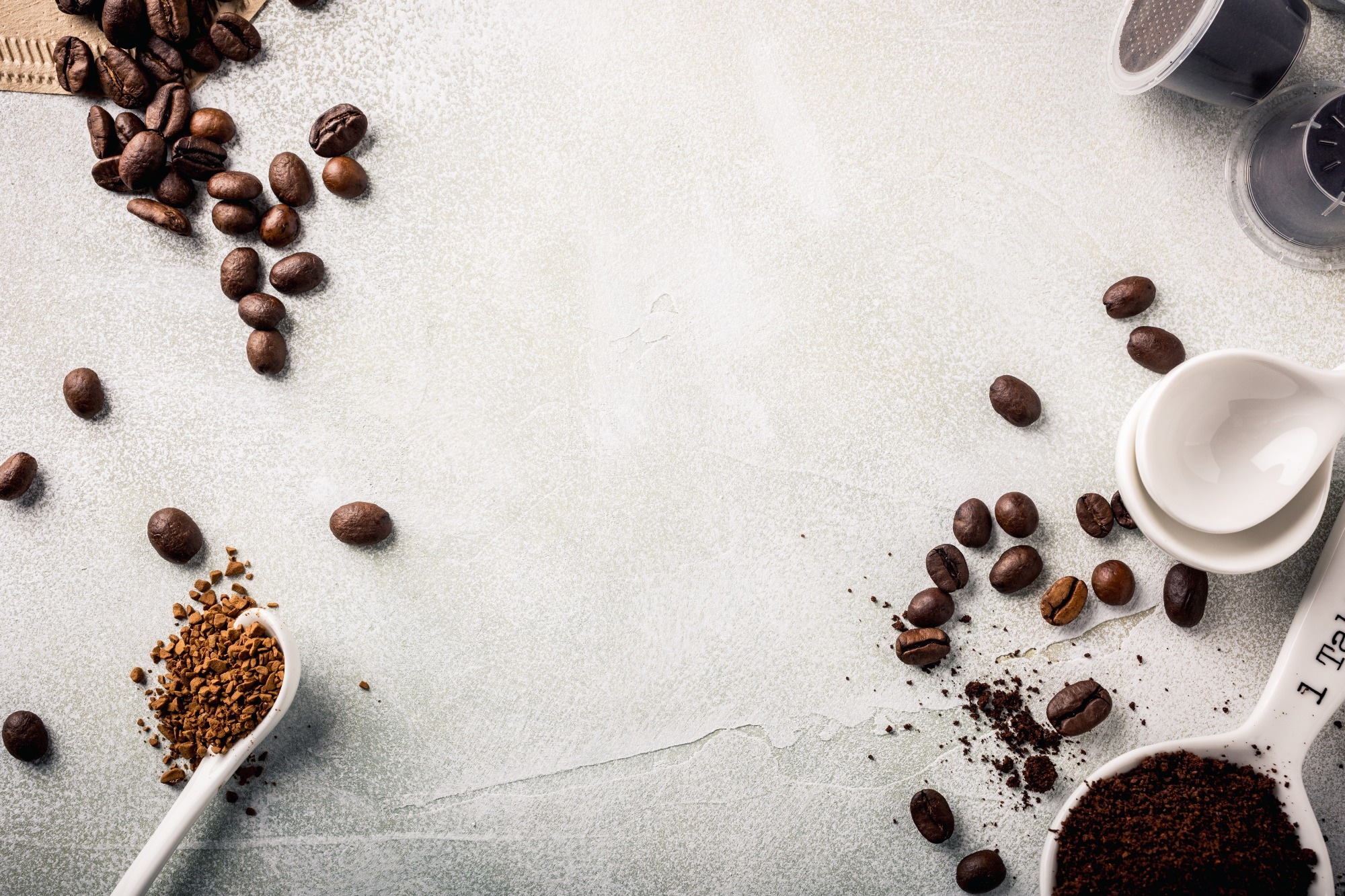In a recent article published in Foods, researchers introduced an innovative method for coffee analysis using a smart e-tongue powered by a polypyrrole (PPy) sensor array. This advanced technology tackles the pressing issues of coffee adulteration and the demand for swift, reliable quality assessments in the coffee industry.
 Study: Smart E-Tongue Based on Polypyrrole Sensor Array as Tool for Rapid Analysis of Coffees from Different Varieties. Image Credit: Iryna Melnyk/Shutterstock.com
Study: Smart E-Tongue Based on Polypyrrole Sensor Array as Tool for Rapid Analysis of Coffees from Different Varieties. Image Credit: Iryna Melnyk/Shutterstock.com
The study emphasized the importance of distinguishing between coffee varieties, not only to cater to consumer preferences but also to preserve their market value. By using voltammetric sensors, researchers demonstrated how unique electrochemical fingerprints can be captured for each coffee type, thereby facilitating accurate classification and reliable quality control.
Background
Coffee is one of the most popular beverages worldwide, celebrated for its wide variety of flavors and unique characteristics. However, the coffee industry faces a persistent challenge: adulteration. Lower-quality beans are often mixed with premium varieties, misleading consumers and causing significant economic losses. Traditional analysis methods, like sensory evaluation and chromatography, can be effective but are time-consuming, labor-intensive, and require expert training.
Smart e-tongue technology offers an innovative solution. Using an array of polypyrrole (PPy) sensors, this approach captures the electrochemical responses of coffee samples. By combining principal component analysis with neural networks (PCNN) and cluster analysis (CA), the technology identifies and differentiates coffee varieties based on their distinct chemical profiles, providing a faster, more efficient alternative for quality assessment.
Study Overview
The study analyzed coffee samples from five Arabica varieties: Typica, Bourbon, Maragogype, Tabi, and Caturra. A total of 35 samples were prepared, with seven replicates for each variety, ensuring consistency by following the Colombian Technical Standard for sensory analysis.
The smart e-tongue system featured seven PPy sensors integrated into a portable chemometric device operated via a smartphone. Each sensor generated a voltammogram with 100 current values, creating a detailed data matrix with 700 columns and 35 rows.
Researchers processed the data using Minitab V.19 and Statistica V.13.3 software, applying principal component analysis with neural networks (PCNN) for dimensionality reduction and cluster analysis (CA) to group samples based on their electrochemical profiles. The system’s effectiveness was assessed by analyzing the voltammetric signals, with the results visualized through score plots and dendrograms, offering clear insights into the distinct characteristics of each coffee variety.
Results and Discussion
The results highlighted the smart e-tongue's remarkable ability to classify and differentiate between coffee varieties. The PCNN revealed distinct clusters for each variety with a 90 % confidence interval. The score graph showcased a clear separation of the samples, demonstrating that the sensors effectively captured meaningful, non-redundant information.
Each coffee variety displayed unique spatial positions on the score graph. Maragogype samples occupied the positive quadrant of both principal components, while Caturra and Bourbon were located in the negative region of the first component and the positive region of the second. Tabi samples appeared in the negative quadrants of both components, and Typica was positioned in the positive quadrant of the first component and the negative quadrant of the second.
Cluster analysis confirmed these findings, with the dendrogram clearly grouping the samples into five distinct categories corresponding to the coffee varieties. Bourbon samples showed strong internal similarity, reflecting consistent characteristics, while Caturra exhibited slight dispersion, hinting at some variability. Interestingly, Tabi samples were positioned between Caturra and Maragogype, suggesting overlapping features.
The study further emphasized the smart e-tongue’s ability to assess the consistency within each variety while accurately identifying differences across groups. The relationships between sample clusters closely aligned with the spatial distributions observed in the PCNN analysis, validating the reliability of the results. Additionally, the study explored the redox mechanisms of the PPy sensors, explaining how interactions between the PPy film and the coffee's chemical components triggered redox processes, providing critical insights into the sensor's functionality.
Conclusion
This study demonstrated the promising potential of a smart e-tongue, based on a polypyrrole sensor array, for rapid and accurate analysis of coffee samples across different varieties. By integrating voltammetric sensors with advanced chemometric techniques, the system effectively classified and distinguished coffee types, addressing key challenges such as adulteration in the coffee market. These findings underscore the value of adopting innovative technologies for quality control and safeguarding consumer trust within the coffee industry.
The smart e-tongue not only provides a reliable method for identifying coffee varieties but also contributes to the overall understanding of the electrochemical properties of coffee, opening the door to future advancements in food analysis. The research sets a benchmark for applying similar technologies across other industries, highlighting the importance of continuously evolving analytical methods to maintain product integrity and enhance consumer confidence.
Journal Reference
Almario A.A., Calabokis O.P., et al. (2024). Smart E-Tongue Based on Polypyrrole Sensor Array as Tool for Rapid Analysis of Coffees from Different Varieties. Foods, 13, 3586. DOI: 10.3390/foods13223586, https://www.mdpi.com/2304-8158/13/22/3586